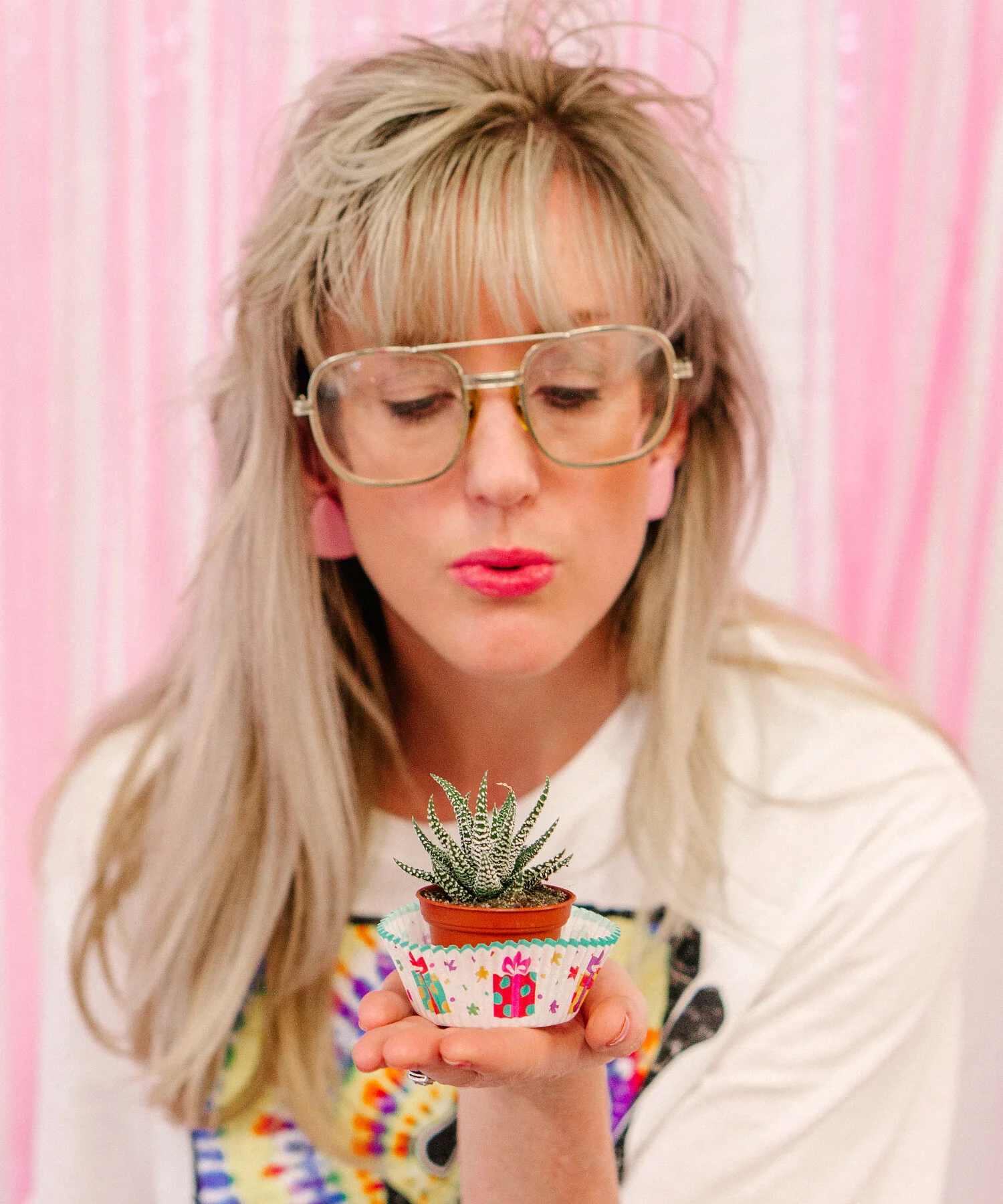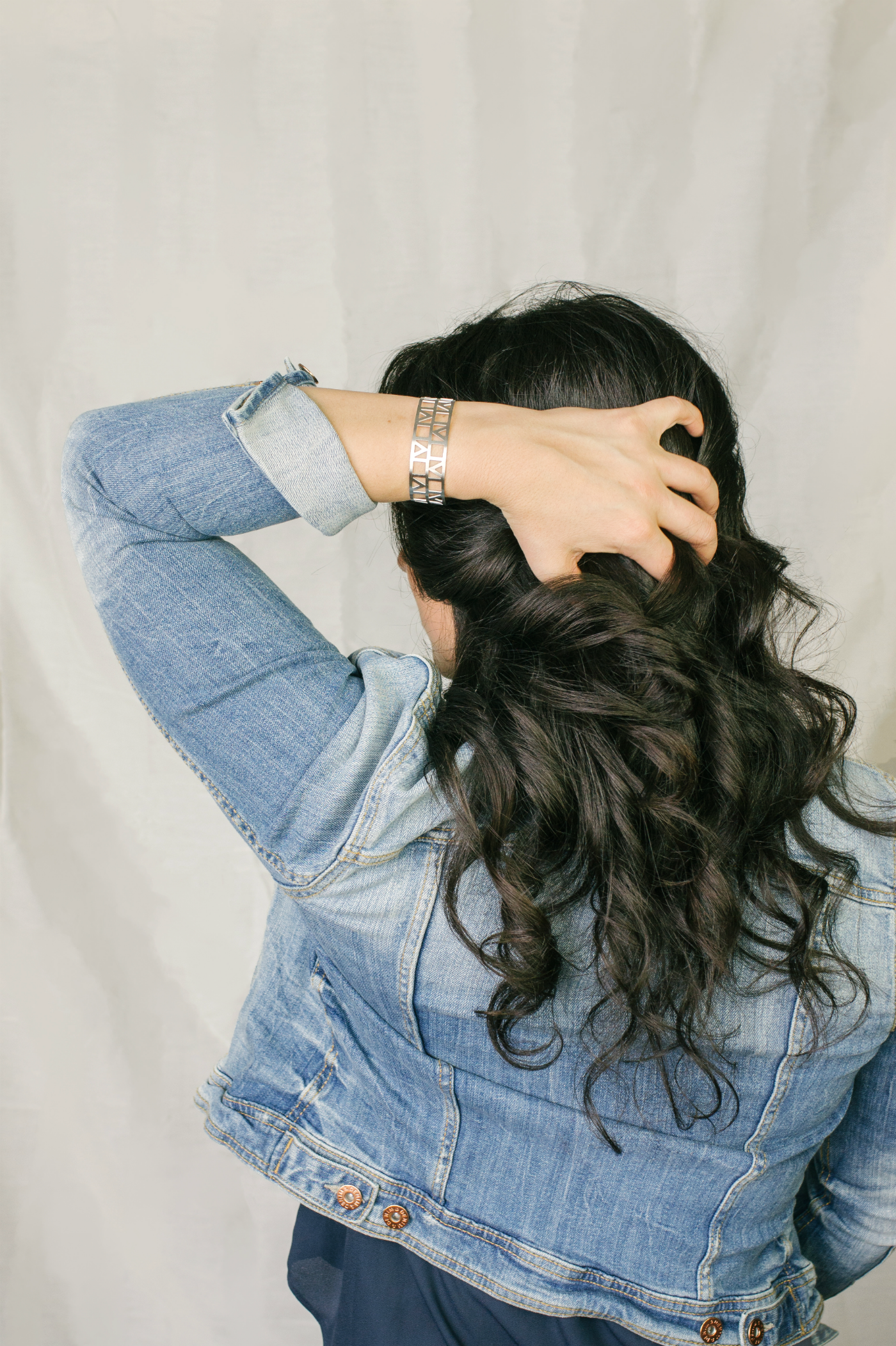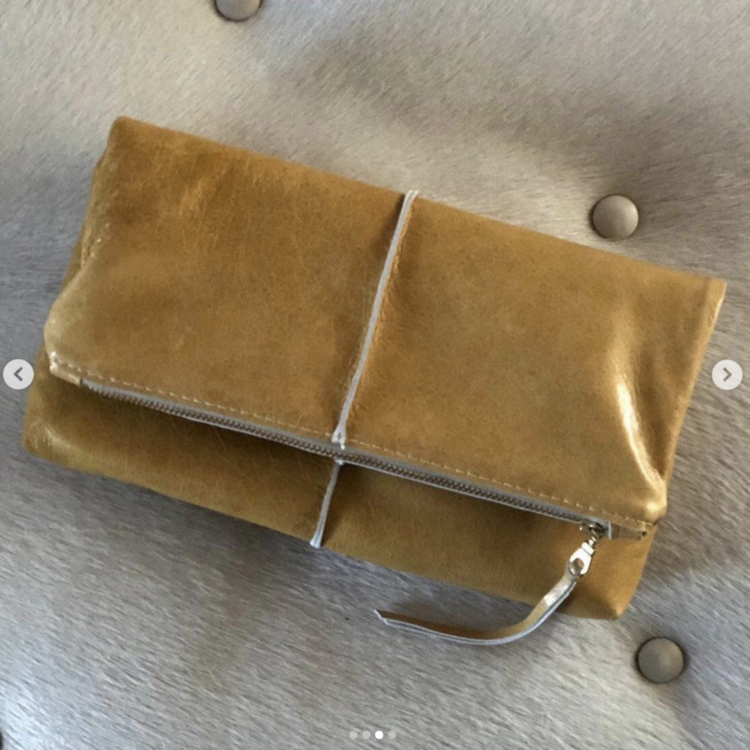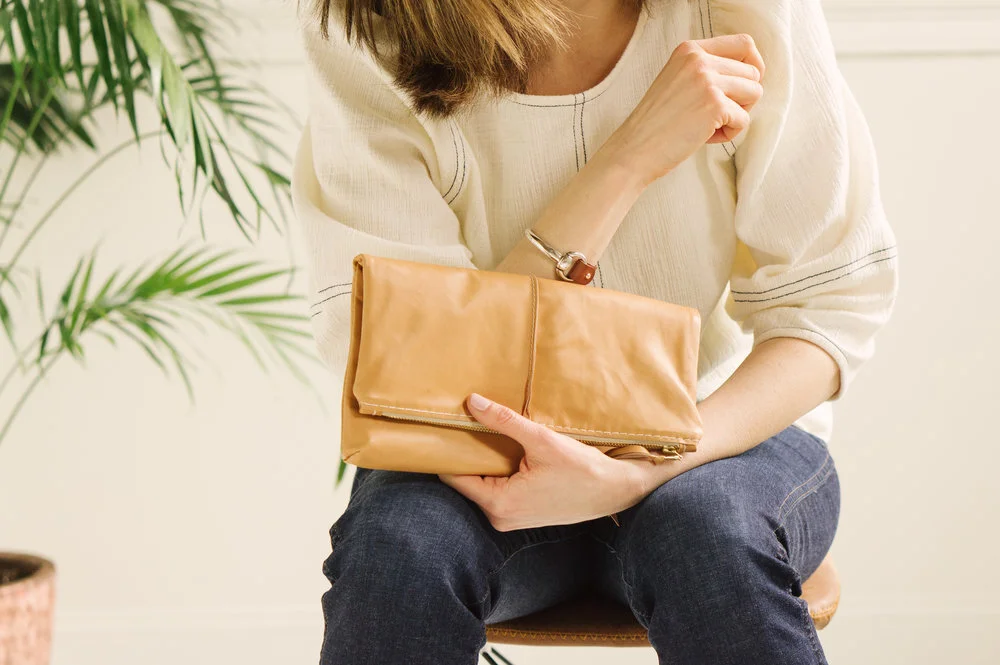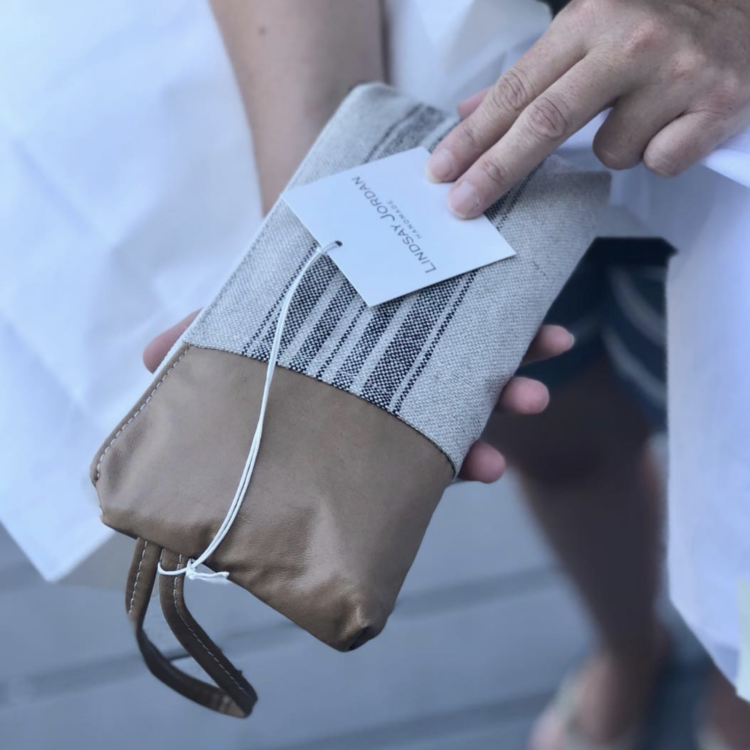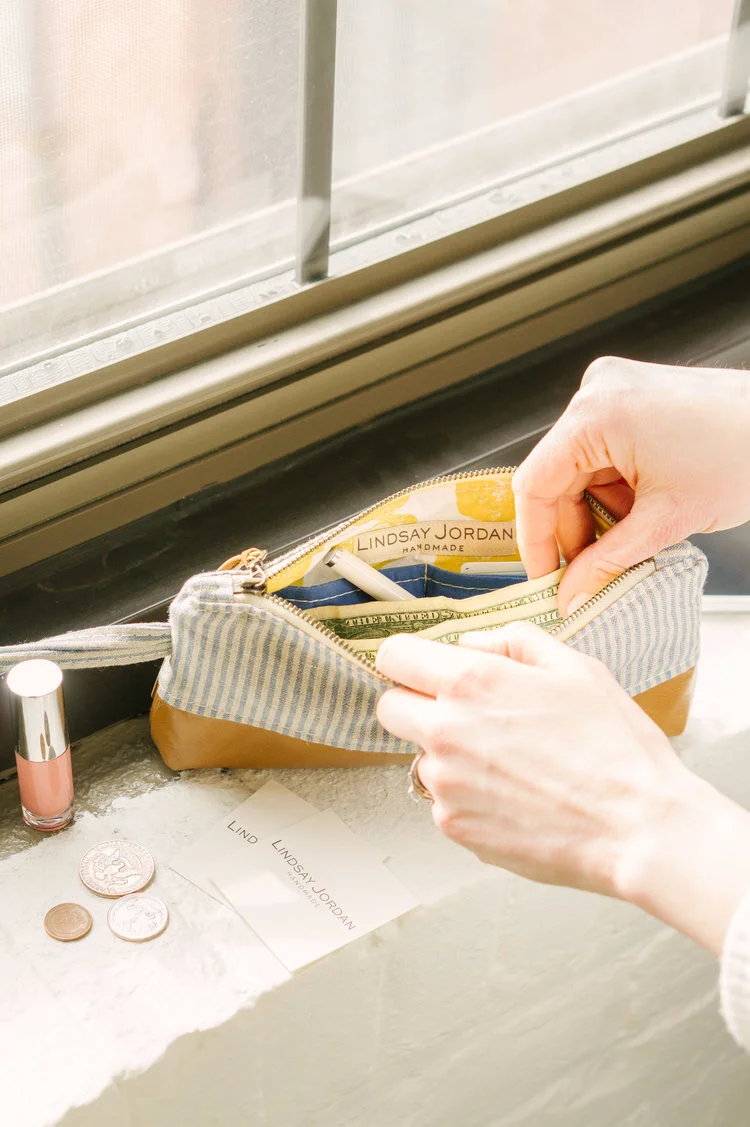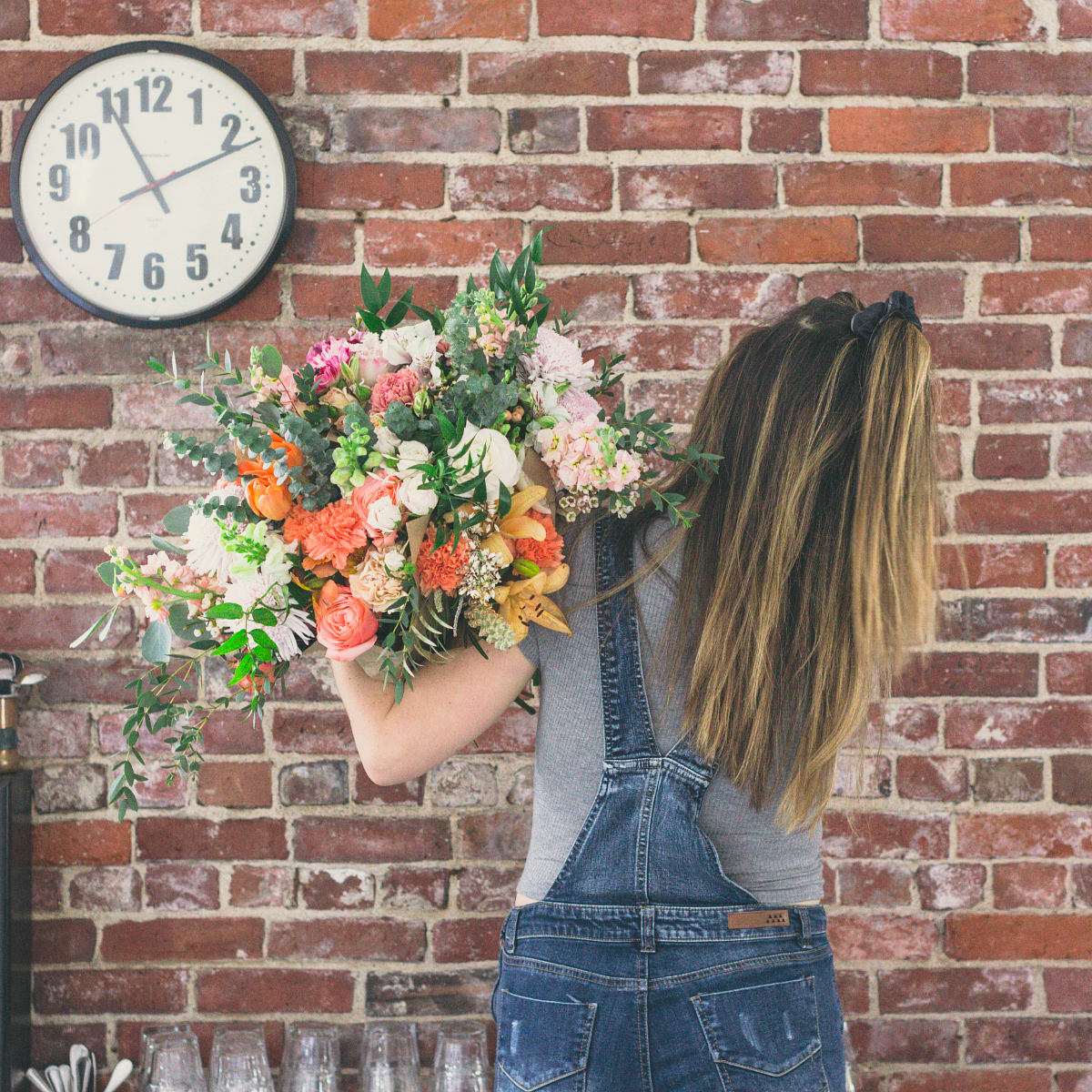What Does a Photo Shoot with Me Really Look Like?
Not including the time I spent in digital photography school, I’ve been taking photos for about seven years.
Over that time, much has changed—from what subject matter I shoot, to how much I charge, to my process on the day the photos are taken, to the way I edit the final images.
So what exactly goes into a shoot? What does a shoot day typically look like?
For many photographers, the process is a simple system on wash, rinse, and repeat—charge the camera batteries, grab a fresh memory card, and see what the shoot has in store. But for me, the process goes a bit deeper… and what happens leading up to the shoot, and the day of the shoot, can vary vastly based on the type of shoot we’re doing that day.
ALEXIS THE PHOTOGRAPHER: 3 TYPES OF SHOOTS
As of this writing, I offer 3 types of shoots in my business: social media shoots on subscription, hourly shoots, and styled shoots. I approach each of these differently.
By a wide margin, subscription shoots are the most streamlined shoots I offer. For a bulk rate, a business can keep me on retainer for either 6 or 12 months to produce enough photos to post at least once a day on social media.
Because the photography is high-volume, it’s also low-pressure; imperfections are part of the deal. What you’re paying for is not having to “find” photos to take every day, as well as being able to offer photos that are going to look leaps and bounds more professional than competitors in your market. In a way, the little imperfections that occasionally come up are part of the charm—the images are more authentic, which is a good thing!
For social subscription shoots, the client gets the photos in full size, as well as cropped and sized to their primary social media platform.
Hourly shoots are more carefully planned. Regardless of whether the shoot is a single hour, a half day, or a full day, I’m going to work as hard as I can to “get the shot.” There will be extra steps involved beforehand; I might advise on wardrobe, hair, makeup, accessories, location, or props. We’ll almost always have at least one Pinterest board between us to collect and weed out ideas. I might rent a piece of equipment to pull off one of our concepts. You receive images in full-size, social media sizes if needed, and web versions if needed.
Finally, styled shoots are the most elaborately planned. Rather than driving most of the creative process independently, you as the client would work in tandem with me to plan your shoot, or you could choose to “hire out” the creative direction by asking me for larger ideas than the average business puts into their brand. We might rent a venue, hire models, or work all day on trying to get just one or two particular photos that I’m then going to have to work to make “larger than life” after the shoot. You get whatever you need, file-wise, to ensure the shoot is a success.
PHOTOGRAPHY ITSELF: METHODS OF APPROACH
Since I started, I’ve shot book covers, album covers, catalog spreads, magazine layouts, online shop listings, websites from start to finish, events such as concerts and festivals and large dinners, blog articles, and more.
Every project requires me to be cognizant of different things. When I shoot for Instagram, for instance, I know that I want my photos to stand out among hundreds of other photos from competing brands in the main Instagram feed, so there’s got to be something about each photo that will make it pop. It’s also got to look good cropped to a square, since each user’s account trims all images to fit to a grid.
When I’m shooting a website start to finish, on the other hand, I don’t need every image to pop; I just need every image to tell a distinct part of the overall story. If I need a photo to sit behind a block of text, for instance, it doesn’t need to be very busy or tell much of a story at all—it could be a wall of bar glasses, or a simple blanket laid over the back of a sofa. It wouldn’t garner much engagement on Instagram, but on a website, it plays a role in inviting the visitor deeper into the feel of the brand. It creates atmosphere.
Another factor I have to consider is whether I’m going to be shooting people who are staged, or people who are candid. When I can stage people, I can pretty much guarantee I’ll get a good shot—even if I’m trying to make them look like they are candid. If I’m shooting an event, on the other hand, like a gala or dinner party, I have to be on the lookout for great moments and capture them exactly as they happen, or they’re gone.
PLANNING AHEAD: THOROUGHLY ASSESSING WHAT WE NEED TO REACH A GOAL
Website photography clients and social subscription clients always start with a questionnaire that’s been designed specifically for their category. The questionnaires short, because I don’t want the photo process to feel at all tedious—I want it to be as fun and inspirational as it can be for every client. The purpose of both questionnaires I’ve created is the same: to get clear on the goals of the shoot.
Every project, even styled shoots where I’m given a lot of creative control, are more successful if the client is involved in the planning process. A big part of planning ahead is determining the outcome that we want. The clearer we can get, the better. For instance, do we know we’re trying to sell 100 special edition T-shirts? Or increase email subscribers by 15%? Are we adding to a photo bank that reinforces brand values, or are we shooting for a specific campaign?
For test shoots or longer shoots (I sometimes do a test shoot with a potential subscription client to be sure we’re a good fit), I’m usually a bit more involved personally in working with the client to determine goals. So in addition to the questionnaire and/or Pinterest board, we might meet in person or over the phone, and I might create a video for the client’s education, like this one I did for Lindsay Jordan Handmade when we were looking to up-level her Etsy storefront and Instagram game:
This kind of conversation gets the client out of the “I just need beautiful photos” headspace and into the “where is my brand going?” headspace.
Based on what we draw from these kinds of interactions, the client and I will come up with a specific shot list, usually, and then a separate list of everything we will need to make those shots reality—furniture, small props, photo equipment, any extra model assistance we may need, options for hair, etcetera.
This is how LJ Handmade and I were able to take her Instagram and listing photos from “before” to “after”:
OTHER MISCELLANEOUS FACTORS & DIFFERENCES
I truly want every photo session experience with me to be delightful from start to finish. What’s going to make it “delightful” changes based on the client and the type of session.
For subscription sessions, I try to be very cognizant of the business owner’s time. I know that if they had plenty of time, they wouldn’t need to get 2 hours on the calendar with me each month just to cross the “social media task” off the list. So I try to help with the location(s) and minor planning beforehand, and to be ready to start right on arrival and be done right on time.
For half-day sessions, especially styled sessions, I try to bring along an “added touch” to make the long day feel more special, like music and sparking water and a food plate. This doesn’t always apply, because occasionally (say, if I’m taking photos at a clinic), the client or space isn’t really right for the kind of “added touch” I would tend to offer… but I still try to make it fun by getting to know everyone involved and trying to keep the mood light and the pace brisk.
I think the goal for me is to allow my clients to feel the full extent of the “glamour” that is associated with having a photo shoot done, whether we’re doing a social subscription shoot or a styled shoot. Most of my job as a photographer isn’t glamorous—it’s a lot of sitting in the car, and making sure all my equipment gets charged and packed before a shoot and not broken or left behind after a shoot; then it’s uploading hundreds or thousands of files to my computer and weeding through all the “eh” and “so-so” images to find the real gems; and then it’s editing, cropping, sizing, uploading to a portal… all of which takes 3-4 times as long as the actual shoot! So if there’s going to be a part that’s super fun, I want the client to get to experience that to the fullest.
None of that is to say that I don’t enjoy all those other parts! I definitely do. I love finding “the money shot,” and knowing it’s going to knock the client’s socks off. I edit on a computer screen that’s large enough to have Photoshop open on one side and the latest episode of The Good Place streaming on the other, which can make the time go by quickly. And because I work from home, I can choose my hours, or take a break when I need to, so I can eat or listen to a podcast. It’s a really cool job, and I wouldn’t trade it for any other job in the world!
Did you find this article interesting? If so, make sure to pin it so you never lose track of it! Then leave me a comment below to tell me what you found most interesting. I look forward to connecting with you!
HELLO! MY NAME IS ALEXIS.
Coffee lover, day dreamer, foodie, and creative. I believe in doing what you can with what you have where you are. I blog to help you do more with what you have. I hope you love it here!


